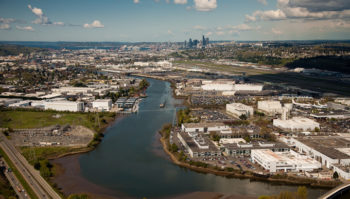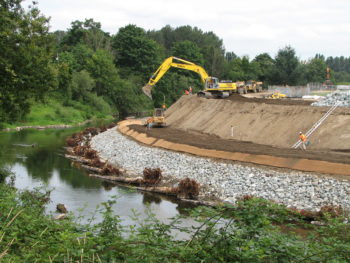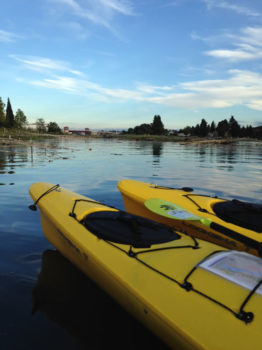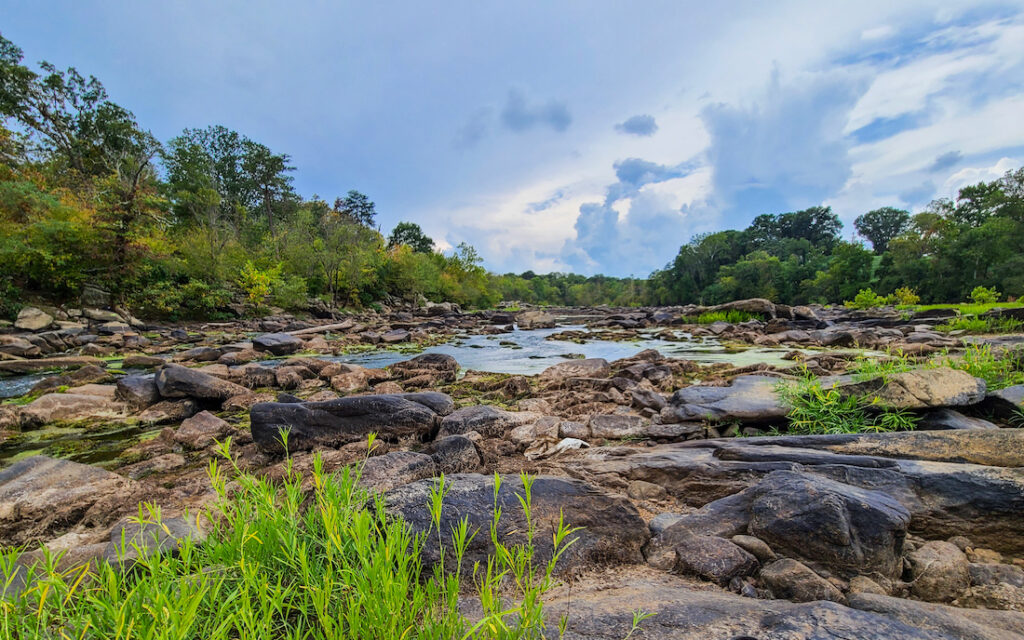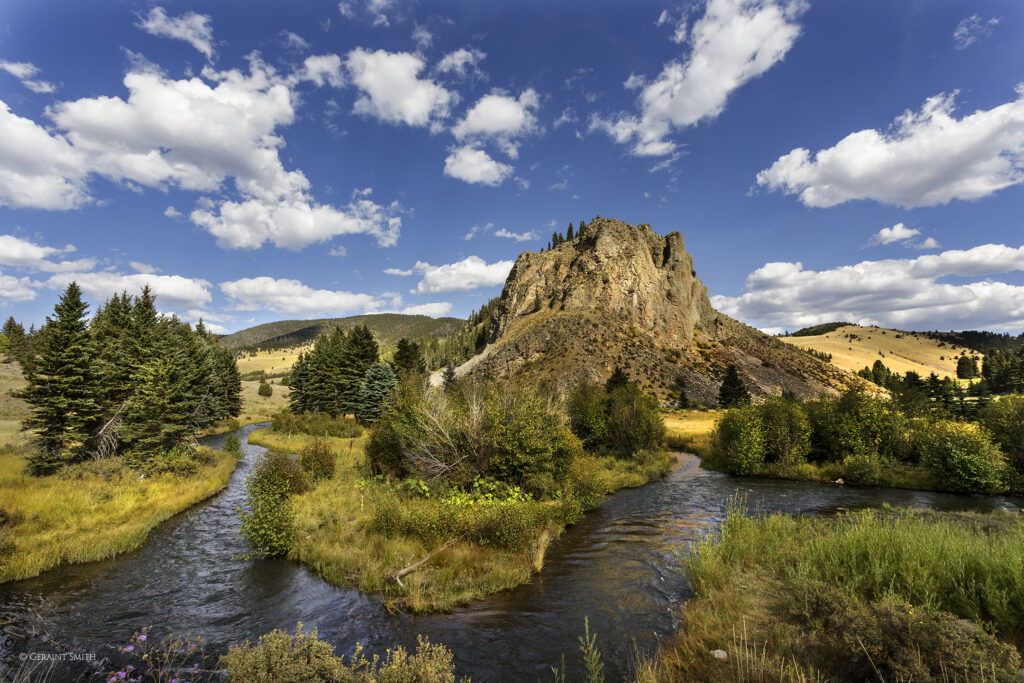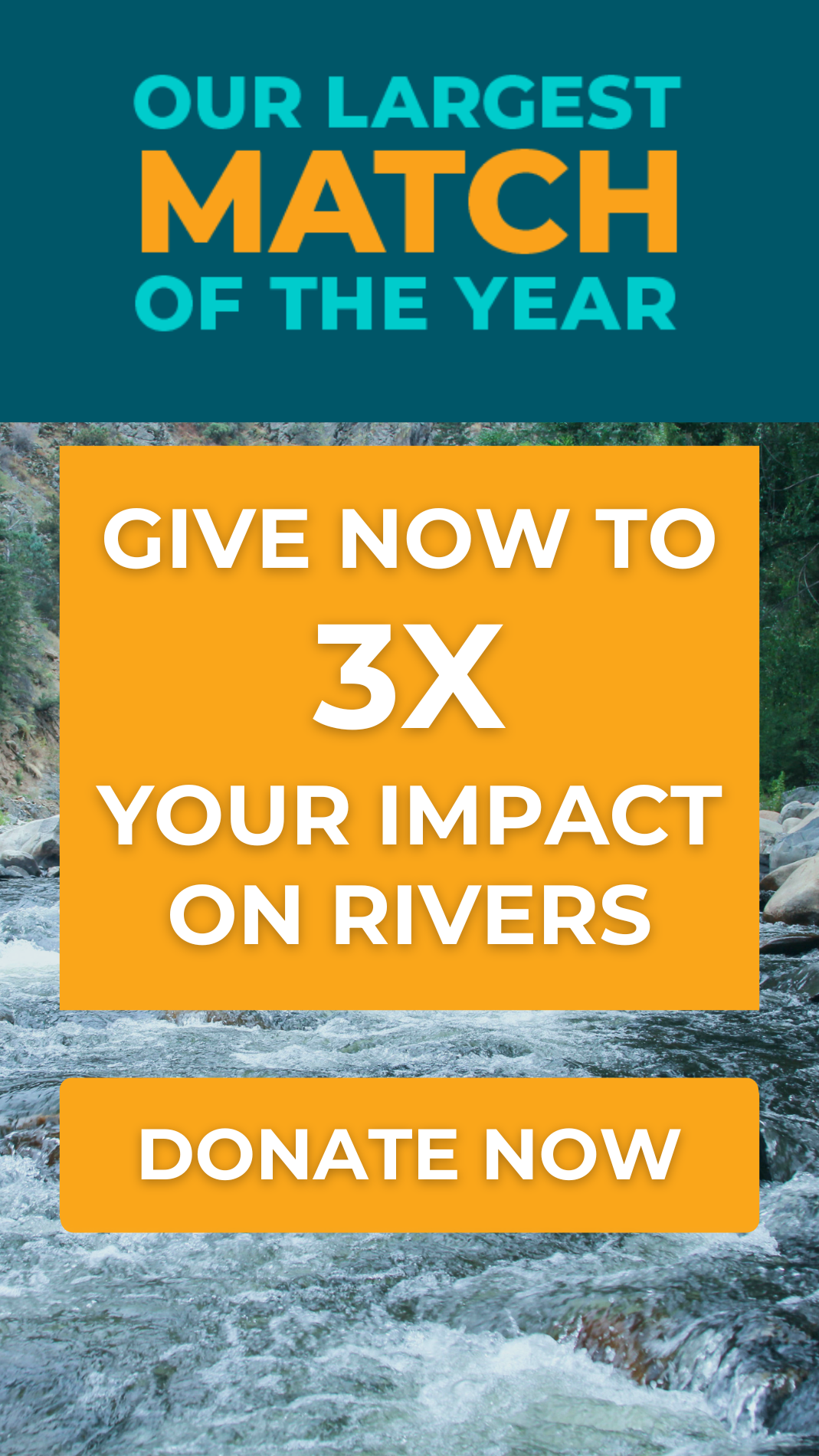Tackling Stormwater Challenges on the Green-Duwamish
The Green-Duwamish River faces many threats to its health and sustainability. King County, Washington, is working hard to improve stormwater management on the Green-Duwamish.
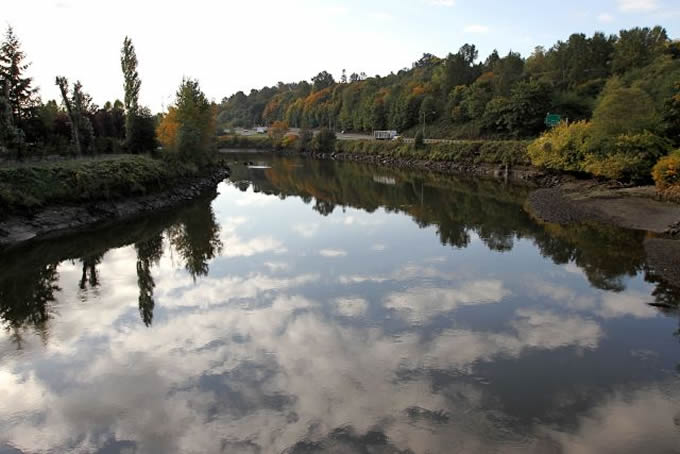
This guest post by Christie True, Director of the King County Department of Natural Resources and Parks, is a part of our America’s Most Endangered Rivers® series spotlighting the Green-Duwamish River.
An important water quality assessment and monitoring study is under way to ensure that future projects to control water pollution on the Green-Duwamish River in King County, Washington, are well planned and timed to improve water quality. We will share those study results when they are complete next year, but we have a few key findings to report now.
The study makes clear that major investments over the last 40 years in treating wastewater and controlling combined sewer overflows (CSOs) are effectively improving water quality in a number of ways. For example, this work is keeping bacteria and nutrients out of waterways and helping to prevent problems, such as low levels of dissolved oxygen, that harm creatures like zooplankton and fish and that can even “kill” a water body.
The bad news is that the pollution found in stormwater runoff – metals, chemicals and PCBs – continue to seriously threaten our waterways. We are not investing as much in stormwater pollution prevention as we are investing in wastewater treatment and CSO control. That needs to change if we are going to save treasured waterways that are already under siege. The Green-Duwamish River in King County is one of those waterways. Last spring, American Rivers designated the Green-Duwamish River as one of America’s Most Endangered Rivers®.
The 93-mile Green-Duwamish River runs from the Cascade Mountains, through forests, agriculture lands, paved residential, commercial and warehouse districts, and one of the most industrialized centers in the state. For more than a century, humans have altered the river by manipulating the channel, removing streamside vegetation that cools the river, building a fish-blocking dam, and contaminating the river with industrial and stormwater pollution.
The hits are still coming – from rapid population growth, accompanying development, and from the effects of climate change.
The American Rivers’ designation shines a national spotlight on many of the problems that King County worked on for decades in order to restore and protect the Green River. Those issues compelled King County to team with the City of Seattle in 2014 to launch the Green-Duwamish Watershed Strategy to improve water quality and river ecology, and improve conditions for the entire 500-square-mile watershed.
A major focus area right now is a watershed-wide stormwater management plan to remove historic pollution, and prevent ongoing pollution with better stormwater maintenance practices. Along with reducing pollution, we are focusing on restoration of natural river flow and functions: acquiring river corridor parcels to set levees back and “re-greening” shoreline habitat.
We are making progress through:
- Partnerships that help recover salmon habitat (WRIA 9) and increase public awareness about stormwater (Puget Sound Starts Here).
- Community grant programs like Waterworks that provide funding for community projects benefitting water quality and controlling pollution at the source.
- Using Conservation Futures funds to acquire properties for salmon habitat and flood protection.
- Offering support for installing rain gardens and cisterns (RainWise) that help control stormwater runoff and preventing CSOs.
Despite all the work that is underway, it is clear that King County – along with other local governments, businesses and community members – need to invest more to save the Green River and other local waters, and we need to do it now.
One way is by adjusting our Surface Water Management fee – which is assessed on properties to address impervious surface areas. Increasing the fee will help us more effectively manage critical infrastructure to control stormwater and minimize the impacts of development on water quality. Proactive investments save money by addressing problems today rather than reacting to problems in the future, such as the sudden failure of aging infrastructure.
Historically, commerce and industry contributed the most to stormwater pollution. Today, it is the fluids that drip from our cars, the pesticides we spray on our gardens, and runoff from our roofs and driveways that are causing big problems for our waters. We all must boost our investment – with our dollars and our behaviors – to keeping all contaminants out of our water bodies.
 Christie True is the Director of the King County Department of Natural Resources and Parks in Washington. The King County Department of Natural Resources and Parks works in support of sustainable and livable communities and a clean and healthy natural environment.
Christie True is the Director of the King County Department of Natural Resources and Parks in Washington. The King County Department of Natural Resources and Parks works in support of sustainable and livable communities and a clean and healthy natural environment.

